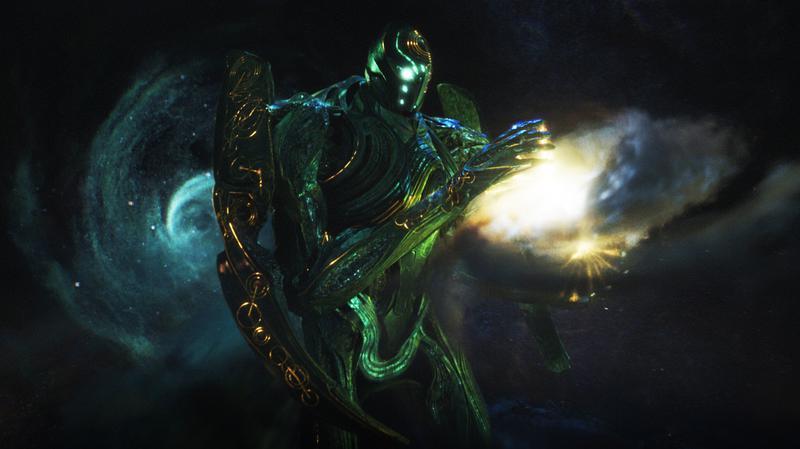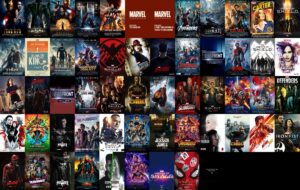Marvel Studios has always been known for pushing the boundaries of the superhero genre, and their latest movies are no exception. One of the most interesting and overlooked aspects of these films is the incorporation of mythology from around the world. From the Norse gods to the cosmic entities of ancient mythology, Marvel has drawn inspiration from a wide range of sources to create a rich and immersive universe.

- Why MCU’s Latest Film Is Perfect For Hardcore Fans
- Why Marvel’s Latest Movie Is Perfect For Families
- How MCU Movies Handle Real-World Issues In Recent Films
- Quels nouveaux visages pourraient faire forte impression ?
- How The Latest MCU Movie Introduces New Heroes And Villains
In the Marvel Cinematic Universe (MCU), mythology is not just a background element, but a driving force behind the plot and characters. Take Thor, for example. The god of thunder’s transition from a comic book character to a fully-fledged movie hero was a major turning point for the MCU. Drawing heavily from Norse mythology, the film introduced audiences to the nine realms, the Frost Giants, and the concept of Ragnarok. These elements added a layer of depth and authenticity to the story, making it more than just a typical superhero film.
But Marvel’s use of mythology doesn’t stop there. In the movie Doctor Strange, the studio drew inspiration from various forms of mysticism and spirituality, including Tibetan Buddhism and ancient Egyptian mythology. The film’s depiction of the astral plane, the Dark Dimension, and the concept of the Ancient Ones are all grounded in real-world mythology and folklore. This blending of different cultural influences creates a unique and captivating world that adds a layer of complexity to the story.
One of the most significant examples of Marvel’s use of mythology, however, is the incorporation of cosmic entities from ancient mythology. In the movie Guardians of the Galaxy, the character of Ego, played by Kurt Russell, is revealed to be a Celestial, a powerful being from ancient mythology. The Celestials, also known as the "Space Gods," are inspired by the ancient Mesopotamian deities known as the Anunnaki, who were believed to have created the universe.
Similarly, in the movie Thor: Ragnarok, the fire demon Surtur is inspired by the Norse fire giant Surtr, who is prophesied to bring about the end of the world in the mythology of the Poetic Edda. This blending of different mythological influences creates a rich and diverse universe that draws inspiration from a wide range of sources.
The use of mythology in Marvel’s movies is not just a superficial element; it also serves a deeper purpose. By drawing inspiration from mythology, Marvel is able to tap into a sense of shared cultural heritage that resonates with audiences around the world. Mythology has the power to evoke a sense of awe and wonder, and by incorporating these elements into their stories, Marvel is able to create a sense of scope and scale that is unmatched by other superhero franchises.
Furthermore, the use of mythology also allows Marvel to explore complex themes and ideas in a way that is both accessible and engaging. By using mythological figures and concepts, the studio is able to tackle abstract ideas like the nature of power, the power of love, and the meaning of existence.
As Marvel continues to push the boundaries of the superhero genre, it’s clear that mythology will remain a key component of their storytelling. With the expansion of the MCU and the introduction of new characters and worlds, it’s exciting to think about the new mythological influences that will be incorporated into the universe. Whether it’s the Norse gods, the cosmic entities of ancient mythology, or something entirely new, one thing is for sure – Marvel’s use of mythology is only just beginning to scratch the surface of what’s possible.




